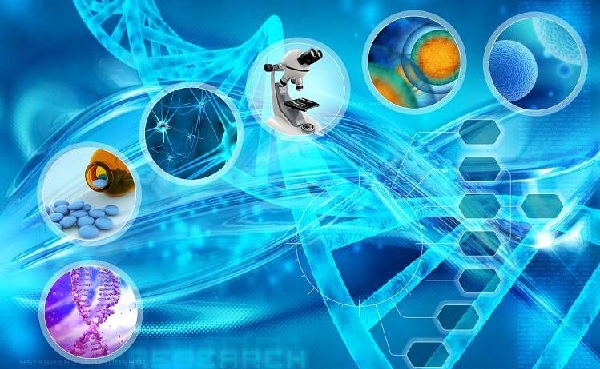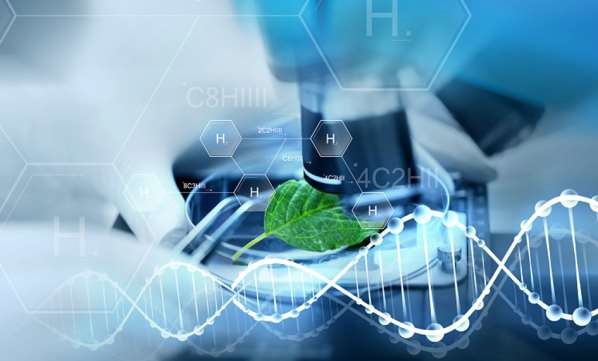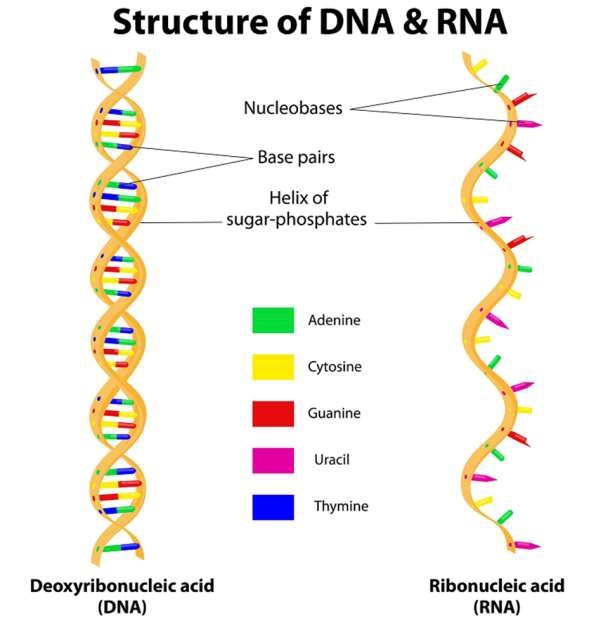
- Science & Technology Notes for UPSC IAS Prelims
- Home
- Science & Technology – Introduction
- Role of Science & Technology in Today’s Life
- Role of Science & Technology In India
- India: Development of Science & Technology
- Science & Technology Policy in India
- Information Technology
- Elements: Information Technology
- Cyber Crime & Cyber Security
- E-Infrastructure in India
- Artificial Intelligence
- Communication Technology
- Space Science & Technology
- Biotechnology
- Nanotechnology
- Ocean Technology
- Nuclear Technology
- Nuclear Energy in India
- Nuclear Energy - By Country
- India - Nuclear Program
- India - Defence Technology
- Space Exploration - Timeline
- Satellites Launched by India
- Indian Space Research Organisations
- Foreign Satellites Launched by India
- Government Space Agencies
- The DRDO
- Useful Resources
- Online Quiz
- Online Test
- Quick Guide
- Useful Resources
- Discussion
Biotechnology
Biotechnology is that branch of science which gained popularity in the 1970s. This is a Science which through different biological processes exploits organisms, cells, or/and cellular components to develop new technology.

Biotechnology is proven to be very useful in the field of agriculture, medicine, industry, and environmental studies.
The Different Categories in Biotechnology
Let us now discuss the different categories in Bitechnology.
Red Biotechnology
This technology is used in the field of medicine to do research and develop new drugs. It makes use of stem cells to regenerate damaged human tissue.
Green Biotechnology
This technology is used in the field of agriculture to research and develop pest-resistant solutions. As part of Green Biotechnology, research activities are also done for disease-resistant animals.
White Biotechnology
This technology used in the field of industry to research and develop new chemicals or for the development of new fuels for vehicles.
Blue Biotechnology
This technology is used in the field of marine and aquatic environment to research and develop new techniques to control the proliferation of noxious water-borne organisms.
Deoxyribonucleic Acid
Deoxyribonucleic Acid or simply DNA is a micro element that specialized in carrying the genetic information in all cellular forms. As it is a natural polymer of nucleotide; therefore, it is known as polynucleotide.

Most of the DNA molecules consist of two biopolymer strands, which remain coiled around each other and form a double helix structure (as shown in the image given above). DNA is a storehouse of biological information.
In 1869, DNA was first isolated by Friedrich Miescher; however, the molecular structure was first identified by James Watson and Francis Crick in 1953.
Application of DNA Science in Technology
Let us now discuss the fields where the DNA Science can be applied −
Genetic Engineering
The technology is used in developing genetically modified organisms, frequently used in agriculture.
DNA Profiling
This is done by forensic scientists; they take blood sample, semen, skin, body hair, saliva, etc. to identify people based on their DNA. This comes as great help in cases such as where the criminals need to be identified or the biological parentage of a child needs to be identified.
Bioinformatics
It is a technique to store, data mine, search, and manipulate biological data. It is largely applied in Computer Science. For example, it is used in string searching algorithms, machine learning, etc.
DNA Nanotechnology
This technology is used in molecular recognition, i.e., learning the properties of DNA and other nucleic acids.
Anthropology
DNA technology greatly helps anthropologists to understand the evolutionary history of organisms.
Ribonucleic Acid
Ribonucleic Acid or simply RNA is a nucleic acid that helps in coding, decoding, regulation, and expression of genes. Unlike DNA, RNA is found as a single-strand folded onto itself, rather than a paired double-strand (see the image given below – a comparative structure is shown).
Cellular organisms normally use messenger RNA, i.e., mRNA to convey genetic information.
